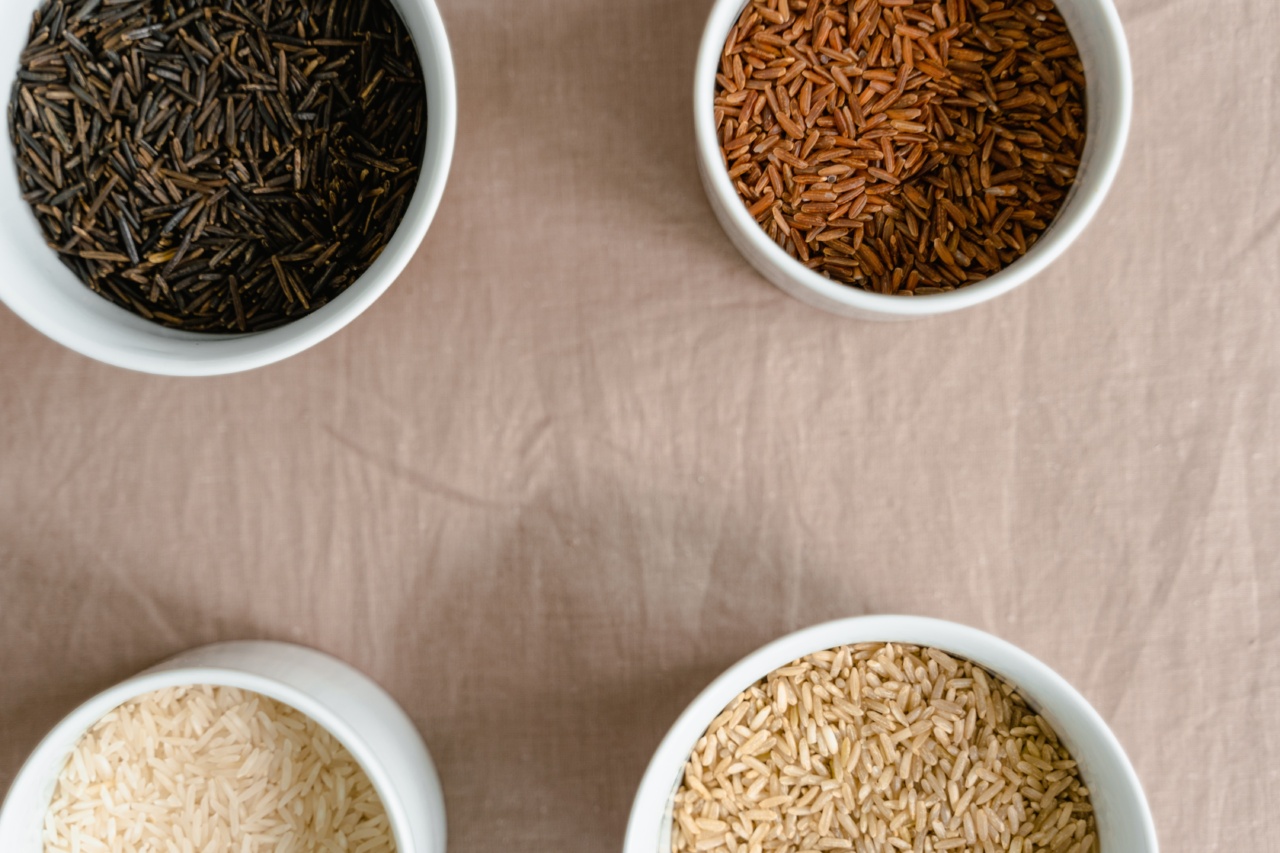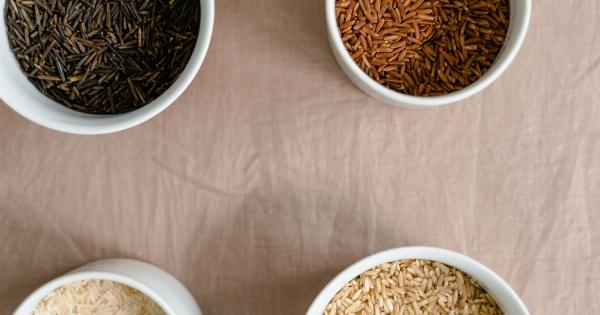Whether you are a health-conscious eater or someone who just loves rice, you might have wondered which type of rice is healthier than the other, white or brown.
Rice is a staple food for much of the world and consumed in large quantities, but despite being such an essential food product, there is still confusion among consumers about which one is the healthier option.
What Are White and Brown Rice?
White rice and brown rice are two different varieties of the same grain. They are both derived from the same plant species called Oryza sativa. The difference between the two types of rice is in the way they are processed.
White rice is milled and polished to remove the husk, bran, and germ layers from the rice grain. This polishing process gives the rice a white, refined appearance but removes most of the nutrients, including fiber and some vitamins.
Brown rice, on the other hand, does not undergo the polishing process, leaving the grain intact, including the bran and germ layers.
Due to the presence of these layers, brown rice has a more chewy texture and a slightly nutty flavor, but it also has a higher nutrient content than white rice.
: Nutritional Differences Between White and Brown Rice
The nutrient content of rice depends largely on the type of rice and the processing method used.
: Calories
One cup of cooked white rice contains 204 calories, while the same amount of cooked brown rice contains 216 calories.
: Fiber
White rice is low in fiber, containing only 0.6 grams per cup, while brown rice is an excellent source of fiber with 3.5 grams per cup.
: Vitamins and Minerals
Brown rice contains higher amounts of vitamins and minerals than white rice as it retains the bran and germ layers that are removed during the polishing process.
Brown rice is an excellent source of vitamin B6, thiamine, magnesium, manganese, and selenium.
White rice, on the other hand, is enriched with some essential vitamins such as niacin, thiamine, and iron, but they are not as high in amounts as those found in brown rice.
: Nutritional Comparison
| Nutrient | White Rice | Brown Rice |
|---|---|---|
| Calories | 204 | 216 |
| Fiber | 0.6 g | 3.5 g |
| Protein | 4.2 g | 5.0 g |
| Carbohydrates | 44.5 g | 45 g |
| Thiamine (B1) | 0.2 mg | 0.4 mg |
| Vitamin B6 | 0.2 mg | 0.5 mg |
| Magnesium | 19.0 mg | 83.0 mg |
| Iron | 0.8 mg | 0.8 mg |
| Manganese | 0.3 mg | 1.8 mg |
| Selenium | 13.8 mcg | 19.1 mcg |
Which Is The Healthier Option?
Brown rice is the healthier option due to its higher nutrient content. It is an excellent source of fiber, vitamins, and minerals, including magnesium, manganese, and selenium, which are essential for overall health.
The fiber content in brown rice also helps regulate blood sugar levels, prevent constipation, and lower the risk of developing heart disease.
On the other hand, white rice is lower in nutrients and higher in calories than brown rice, making it less healthy than its brown counterpart.
However, it is still a good source of carbohydrates that can provide the body with the energy it needs to function properly.
: Conclusion
When it comes to choosing between white and brown rice, the latter is the healthier option due to its higher nutrient content and lower calorie count.
Brown rice is an excellent source of fiber, vitamins, and minerals that are essential for overall health. However, it is important to keep in mind that both white and brown rice can be part of a healthy diet when consumed in moderation.































